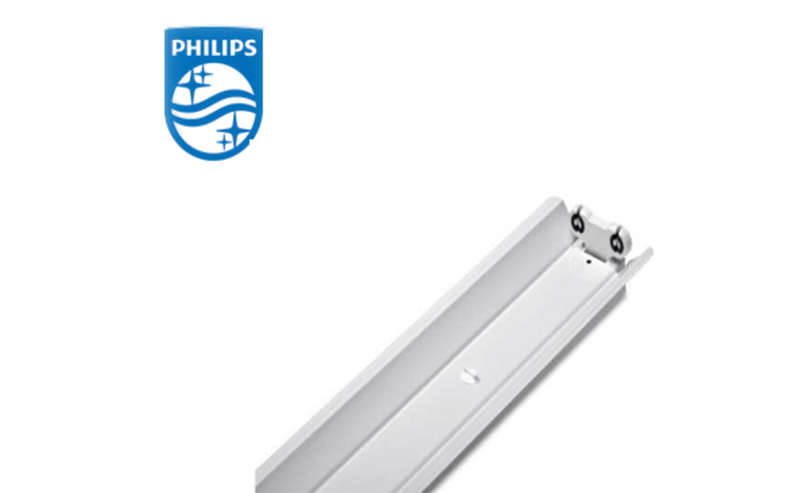How long do LED light fixtures last?
LED (Light Emitting Diode) light fixtures are known for their longevity and durability. The lifespan of LED light fixtures is typically measured in terms of hours of operation. Several factors can influence the actual lifespan, but on average, LED light fixtures can last for a very long time compared to traditional lighting technologies. Here are some key points to consider:
Average Lifespan:
LED light fixtures have an average lifespan ranging from 25,000 to 50,000 hours or more. This is significantly longer than traditional incandescent or fluorescent bulbs.
Factors Influencing Lifespan:
The actual lifespan of an LED light fixture can be affected by various factors, including operating conditions, temperature, and the quality of the LED components.
High-quality LED fixtures with efficient heat dissipation mechanisms tend to have longer lifespans.
Temperature Considerations:
LED light fixtures are sensitive to heat. Operating LED fixtures in high temperatures can potentially reduce their lifespan. Ensuring proper ventilation and avoiding excessive heat buildup is important for optimal performance.

Type of LED Fixture:
Different types of LED fixtures, such as bulbs, tubes, and integrated fixtures, may have varying lifespans. The design, quality of materials, and manufacturing standards can influence the overall durability.
Usage Patterns:
LED lifespan is also influenced by usage patterns. Frequent on-off cycles and rapid switching can impact the longevity of the LED. LED fixtures are well-suited for applications where they can remain on for extended periods.
Dimming Compatibility:
Some LED fixtures are designed to be dimmable. When using dimming features, it's important to use compatible dimmer switches, as improper dimming can affect the lifespan of the LEDs.
Warranty Information:
LED light fixtures often come with manufacturer warranties that indicate the expected lifespan. Checking the warranty information can provide insights into the manufacturer's confidence in the product's durability.
Maintenance-Free:
LED fixtures are virtually maintenance-free during their lifespan. Unlike traditional bulbs that may require frequent replacements, LED fixtures can provide consistent illumination without the need for regular changes.
Energy Efficiency:
LED fixtures are not only long-lasting but also energy-efficient. They consume less energy compared to traditional lighting technologies, contributing to cost savings over time.
In summary, LED light fixtures are designed to have a long lifespan, typically ranging from 25,000 to 50,000 hours or more. The actual lifespan can be influenced by factors such as operating conditions, temperature, and the quality of the LED components. Choosing high-quality LED fixtures and ensuring proper operating conditions can maximize their longevity.



